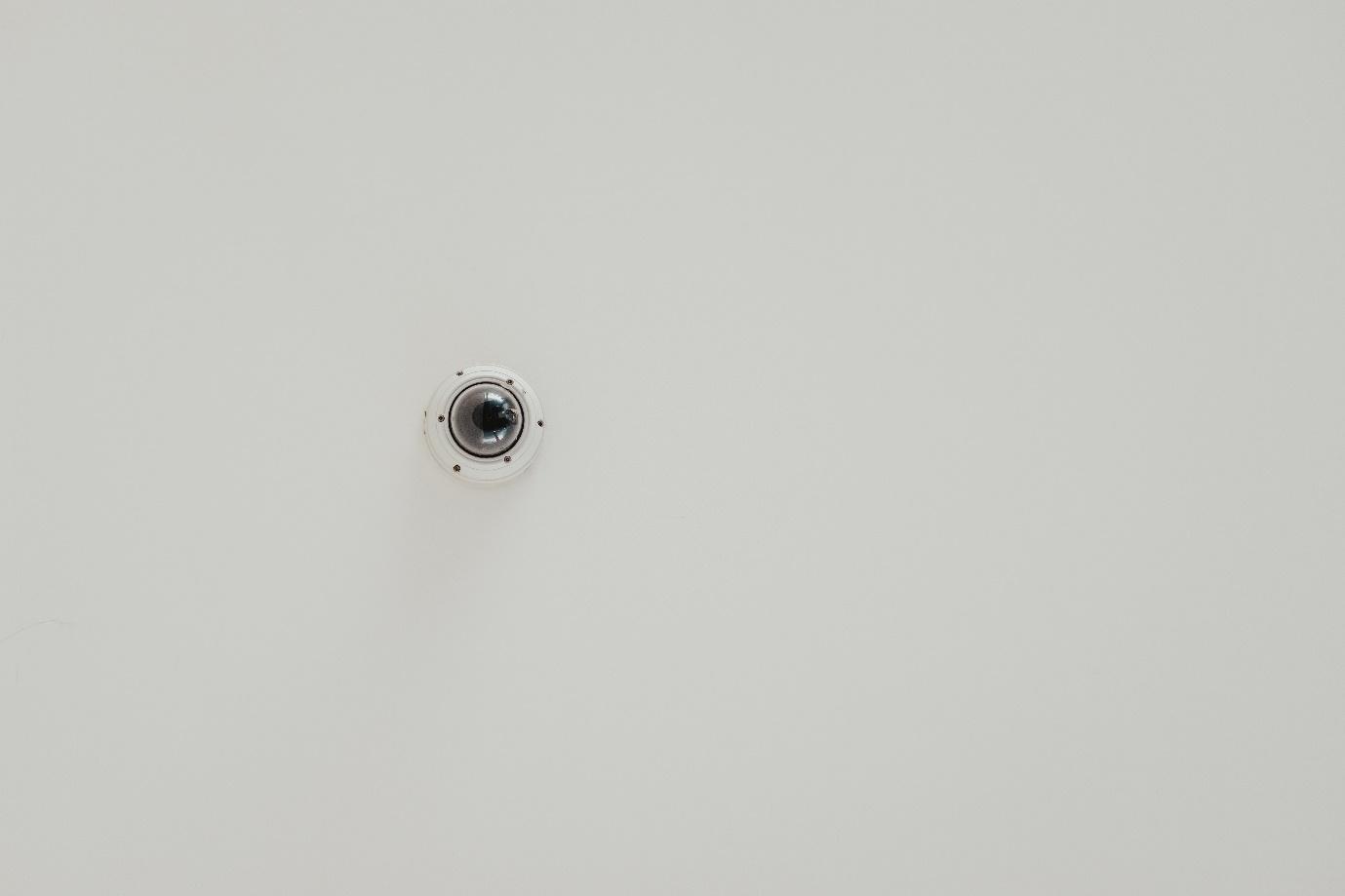With prevalent crimes in many areas of the world, home security is becoming a necessity. You can get different alarm systems compared by porch.com in the market. These systems will help you to secure your home and family against burglary and other criminal attacks.
Motion detectors use different methods such as microwaves, light, vibrations, and more to detect movement in the environment. The motion lights will turn on when they sense an intruder approaching. They also serve as deterrents to criminals. When triggered, some detectors can capture images of objects or people within their range.

Choosing the type of home security motion detectors for your home depends on your situation and the method of detection that will work best for you. You will need to consider factors like the detection zone of the sensor and more.
Here are the various tips to help you purchase your home security motion detectors:
The Type of Motion Detector and the Response Triggered
When looking to purchase a motion detect, you should determine the type that suits your situation. For example, large areas require a sensor that can detect fluctuations in the levels of heat. Also, consider what the sensor triggers in response to an interruption. Motion detectors can trigger the light, alarm, video camera, or all three combined.
Alarm-Triggered Motion Detectors
Most motion detectors trigger alarms when they go off. The alarms range from audible to silent alarms that notify the user, the monitoring company, and the police of any intruders.
Motion detectors can also use light as a deterrent to criminals. When lights are well positioned, they give maximum coverage to an area. They turn on when they sense motion in the area. They include light and laser beams in entrances and doorways.
Some motion detectors respond as video surveillance when triggered. The video surveillance records footage of activities like break-ins. They cover all areas, including blind spots. In most cases, they are used alongside alarms and lights for higher coverage.
Detection Range and Zone
The motion detection range and zone are connected areas that are very important to your home security. The detection zone is the width of the area covered by a motion detector. The zone varies with the type of motion detector. When purchasing your detector, ensure that it has adequate detection zone to provide the needed coverage.
The detection range is the maximum distance covered by the motion detector. You should shop for motion detectors that have an adjustable range.
The Detector’s Sensitivity
When shopping for motion detectors, you should consider their sensitivity. Those with high sensitivity can trigger an alarm with any slight provocation and deter intruders. The sensitivity of the motion detector depends on the type of sensor (active or passive).

Active motion sensors can detect any motion while passive detectors like infrared sensors detect body heat and cannot activate when moving objects like paper bags are within their detection range.
The Night Vision Feature
Night vision is a vital feature in any outdoor motion sensor. Intruders, burglars, and thieves always strike at night. With night vision motion sensors, you will be alerted by an alarm immediately danger is sensed. You will also receive clear evidence from the video footage and be able to warn the intruders through the 2-way audio.
Choose a motion detector with excellent night vision has excellent clarity and produces detailed information in the footage.
The Mounting Positions
There are plenty of ways motion sensors can be mounted. They can be installed on the ceiling, on the wall, and more. The most common areas for mounting motion detectors are hallways, living rooms, entryways, and more. Each motion sensor varies according to the detection range and the type of object they can sense.
Wireless Connectivity
Wireless motion detectors use a Wi-Fi connection. This allows you a remote view or your home via your smartphone. To avoid signal interferences, use dual-band Wi-Fi security motion sensors. Protect it with a complex password to prevent any hacking attempts.
Conclusion
Before purchasing your motion detectors, you have to consider essential features such as the range and zone of detection, the kind of trigger you prefer, and other functionalities. You should also understand how the device works in order to purchase one that will serve your specific needs. The tips listed above can help you to make a better purchasing decision.









